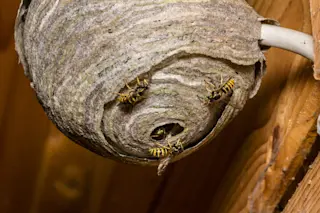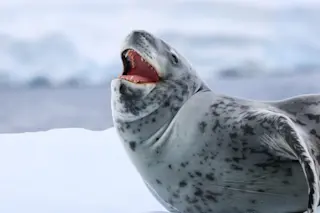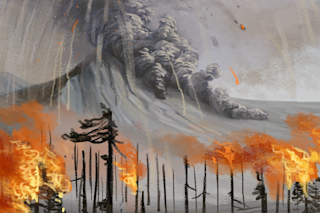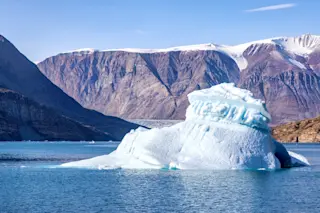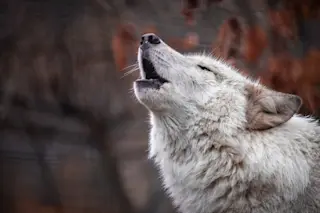Life sure turns up in the darnedest places. The latest discovery comes from Blood Falls, a rusty red discolouration on the face of the Taylor Glacier in Antarctica [that] occasionally gushes forth a transparent, briny, iron-rich liquid that quickly oxidizes and turns red, staining the ice below [Nature News].
The source of that water is an intensely salty lake trapped beneath 1,300 feet of ice, and a new study has now found that microbes have carved out a niche for themselves in that inhospitable environment, living on sulfur and iron compounds. The bacteria colony has been isolated there for about 1.5 million years, researchers say, ever since the glacier rolled over the lake and created a cold, dark, oxygen-poor ecosystem.
In the sub-glacial lake, the microbes have no chance of getting energy through photosynthesis. Instead, the microbes live off the minerals that were trapped in the lake with them, the ...




